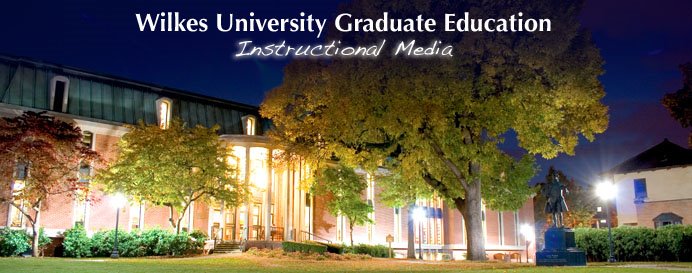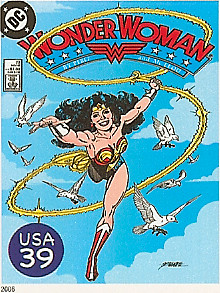
I'm reading a blog called
Mindshift these days. It's about grasping the opportunity to shape how learning will occur in the 21st century. After all, we're already over 1/10th of the way in. It's time to accept that technology + tough economic times + pressures on educators at all levels to better meet students' needs have combined to make a 'perfect storm' in our field.
Having survived breast cancer, it's always on my mind that I might have a recurrence. Should that ever happen, there's one thing I know for sure: my very survival will depend on doctors who make the best uses of the newest technology and techniques available to them. Yet somehow when it comes to ensuring that this generation of children receives the best
quality education, a vision of orderly rows of obedient learners absorbing all the information they can like sponges and giving it back skillfully on tests is what springs to many minds. Surely educating minds is as important as curing people when they become ill!!!
Educators now have crucial choices to make for the kids in their care -- do we continue to sit like big rocks rooted to the bottom of a river resisting the flow of the water until a flood finally pushes us along ...
or do we learn now how to read the current the best we can and take advantage of the flow to create a truly exciting ride?
We can take a 'wait and see attitude' or become active participants in determining what education looks like 10, 20, or even 50 years from now.
Today's issue of Mindshift--
Turning Static Text into Interactive Discussions -- provides links to two interesting online learning courses:
BioFundamentals by University of Colorado biology professor Michael Klymkowsky and
Chemistry, Life, the Universe, and Everything by Melanie Cooper at Clemson University. They are using a new free tool called
Highlighter to provide students with a way to interact on the course site and also collect feedback to guide further teaching/learning.
(I've installed Highlighter on this blog. Try it, and send me some feedback. If you see a toolbar at the top, clicking the arrows at the right will make it recede.)

Highlighter from Highlighter on Vimeo.
There is lots that could be done to make these examples even more student-friendly, but these educators are clearly trying to come up with workable solutions to the problem of how to improve the teaching/learning of science at the post-secondary level while at the same time coping with severe constraints such as funding cutbacks, huge classes (200-1500 in some places!!!), and the durability of old paradigms:
The recent emphasis on the science education system is based in large part on the perceived need to broaden the appeal of science and deepen appreciation for the scientific approach’s value when thinking about a wide range of phenomena. While the current system is demonstrably adequate for those who succeed in it, it actively discourages the majority of students. All too often, the function of a science or math course is perceived by students (and, sadly, by some faculty) as a sorting mechanism rather than an opportunity to learn (and teach). This is a perception that can lead to the loss of important contributions and talent as well as misunderstanding of and hostility toward science within the broader community.
While higher ed teachers have lots of technology and content expertise, they're in the process of learning how to be better teachers.

This way of thinking about the teaching/learning interaction may seem pretty fundamental to us K-12 folk, but the solutions the higher ed folk are coming up with: 'demand' lectures; collecting data on the fly so you start a class knowing what needs to be reviewed/retaught; just-in-time-teaching; paying more attention to the flow-through from pre-class, to in-class, and then post-class learning so it all contributes to student's shouldering more of the responsibility for creating the quality of their learning -- these are processes we need to look at more closely.
Blended learning is new at the K-12 level, but it's going to put a lot of pressure on how we do our work. In my former district, the e-learning division is growing at an unprecedented rate, and you can be sure that if the educational decision makers see it saving money and working reasonably well in the largest school district in my province, they will be pushing other regions to make more use of remote learning. More and more classroom teachers will soon feel the competion from this cheaper delivery model, and we'd better have something very special going on in our learning environments to set our work apart and keep our services essential.
At its heart, science works as a highly interactive community. At the same time, it is possible for a single person to challenge and change accepted scientific understanding. That is not to say that it is easy to change the way scientists think; after all, most challenges to well established theories are wrong, and it is generally a waste of time to think about them seriously. That means that a new way of looking at a phenomena must be clearly superior, both in terms of accuracy and explanatory power, to the ideas that it wishes to displace. It must explain more than the old ideas, and it must resolve problems that an old idea was unable to adequately explain. It is this tension between consensus, conflict and resolution that drives scientific understanding forward, so that, in the end, more and more phenomena become explicable. Through its fundamental ability to accept change, science has come to provide the practical knowledge needed to manipulate and understand the material world.
If you replace the words 'science' and 'scientist' with 'education' and 'educators', this statement could become an interesting template for educational change.
 [Image Credit: CC Attribution. Kent Barret, 1 Apr. 2005.]
[Image Credit: CC Attribution. Kent Barret, 1 Apr. 2005.]
 [Image Credit: It Can't All be Dior blog, 20 Apr. 2011]
[Image Credit: It Can't All be Dior blog, 20 Apr. 2011]












 Wilkes University
Wilkes University



